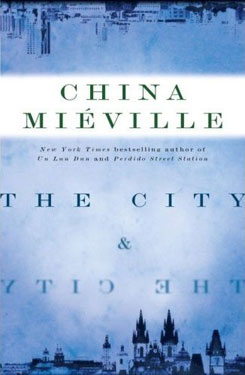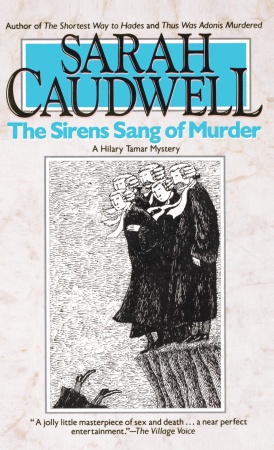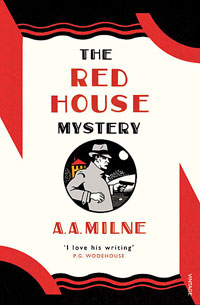J. L. Carr, A Month in the Country
A short novel about a First World War veteran who recovers from PTSD and a broken marriage as he restores a fresco by an unknown medieval artist in a village church. If you have much experience with a certain determinedly whimsical subgenre of story, you may think you know what kind of story this is: over several small, gentle adventures, a menagerie of eccentric locals bond with our hero and bring him out of his shell (shock). There is some of this, yes. But the narrator’s closest relationship is with the anonymous medieval artist: we never learn the man’s name, but by the end of the book the narrator has deduced the outline of his life from his art. A Month in the Country is about the healing power of professionalism and love of a craft, and about how we connect to long-vanished people through the work they leave behind.
Fyodor Dostoevsky, Crime and Punishment
We live in a society where the cream of Wall Street can crash the economy and be rewarded with six-figure bonuses, and the idea of looking into possible crimes in high places is dismissed as looking backwards. So Dostoevsky’s Crime and Punishment, about a student who kills a pawnbroker because he thinks he’s too extraordinary to be held to the same rules as us peons, is as relevant as it’s ever been. Russian novels have a reputation as bleak and heavy stuff, so it might surprise you to learn that Crime and Punishment is also as unbearably suspenseful as any good Hitchcock movie, and at times very funny.
Dry high school English classes (which often expose us to books before we’re ready to enjoy them) train us to think of The Classics as medicinal: dreary, bitter, but good for you. In fact, more often than you’d expect, classics become classics by entertaining the hell out of people.
Tove Jansson, The True Deceiver
The alphabet arbitrarily put The True Deceiver next to Crime and Punishment, but seeing them together made a new connection in my head: both novels attack an Ayn Randish philosophy which has way too much influence in 21st-century America. Crime and Punishment argues against the impulse to divide the human race into a mass of commoners and a special super-creative producer class. The True Deceiver ridicules the mindset that thinks the world is a Social Darwinist tooth-and-claw struggle, selfishness is a virtue, and other people are marks to be exploited for one’s own gain; and that believes thinking this way means one is clear-eyed, realistic, and tough-minded.
The True Deceiver is about two women, Katri Kling and Anna Amelin, whose characters are expressed by their names. Katri is a struggling shop assistant who lives with a huge wolfish dog; Anna a wealthy but financially naive artist who seems as mild as the rabbits she paints for her children’s books. Katri intends to insinuate herself into Anna’s confidence and take over the older woman’s affairs, house, and money. It doesn’t go as she expects. This is a little two-paragraph review, not an analytical essay, so I don’t want to give away too many details, but I’ll say that Anna unknowingly derails Katri with a kind of moral judo throw, and that real strength isn’t what or where Katri believed it was. Everyone comes out ahead in a way that utterly dismantles Katri’s worldview.
(More to come in part three”¦)




